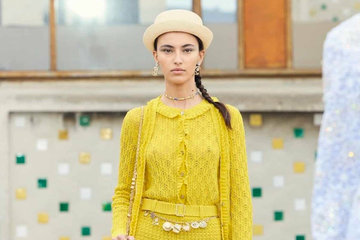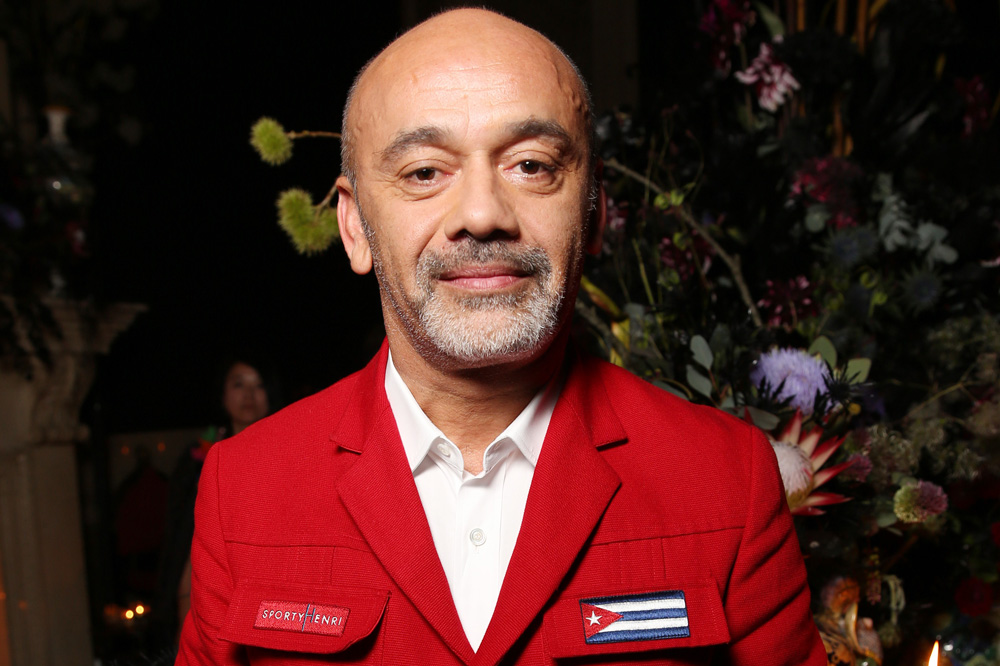
Christian Louboutin
Recognised by their iconic shiny, red-lacquered soles, Christian Louboutin’s shoes are synonymous with classic as well as cutting-edge styles and luxury. His design story started when he dropped out of school and began sketching shoes, inspired by his visits to cabaret music halls such as the Folies Bergère. Louboutin's talent became evident and he later became a freelance designer for fashion houses like Chanel and Yves Saint Laurent. Although he turned away from fashion to become a landscape gardener in the late1980s, , he missed working with shoes and established his business in the heart of Paris in 1991. A men’s selection came a few years after his first women’s collection, and the signature red soles were first created in 1993 after the French designer spontaneously grabbed his assistant’s red nail polish and painted the sole to liven up a design. He eventually expanded into handbags and small leather goods, as well as cosmetics, launching Christian Louboutin Beauté in 2014. With 154 boutiques around the world, designed and decorated by him, and male and female celebrities like Beyoncé, Blake Lively, Rihanna, Jennifer Lopez (who made a song praising his fabulous shoes), Sara Jessica Parker and Victoria Beckham painting the town red with their Loubies, he has become one of the most successful shoe designers ever.
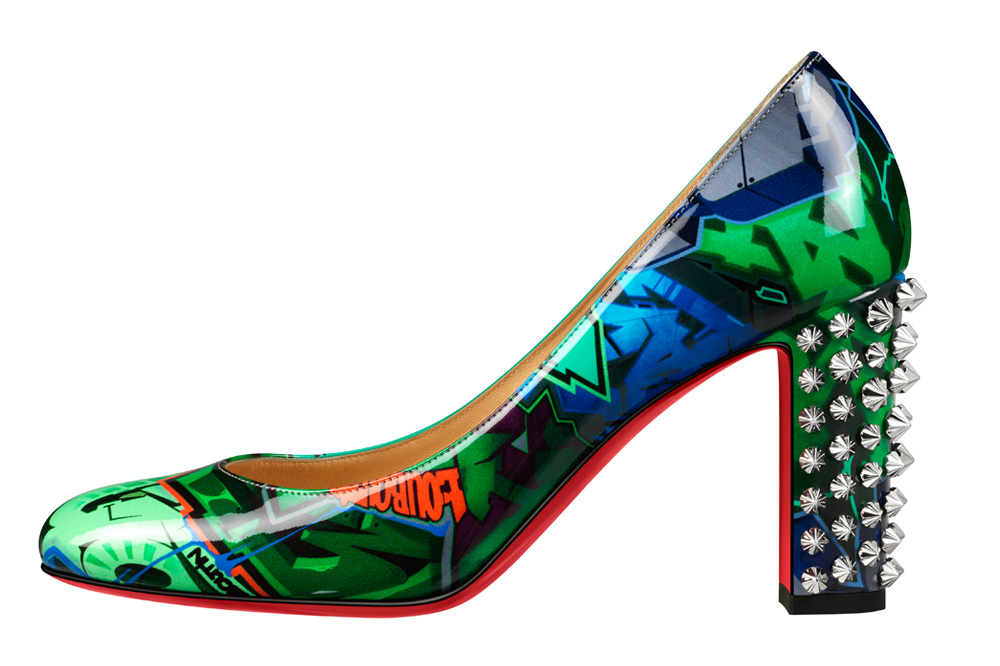
The 'Marimalus' pump
As well as his flamboyant Parisian apartment, Louboutin has homes in the South of France, Portugal and Egypt, a land he feels an affinity with. Finding out the biological father he never met was Egyptian has helped explain why he has always had a huge thing for the Arab country. Here, he describes his passion for shoes, explains how those red soles came to be a trademark and shares his feelings about Arab women’s sense of style.
How did you discover your passion for designing shoes?
It started randomly, in the sense that I was not really interested in school and I was always drawing shoes. So people would ask me what I wanted to do, and I would reply I want to make shoes, but I did not really think it was a job. I was passionate about shoes because of showgirls and dancers, and there was an image I had seen that represented a high heel from the 50s. I saw it in a museum, it was a pair of women’s shoes, and I understood later the image was something completely imaginary, that you could draw non-existent things. It was lovely, so I thought it could be easy to create. But again, I never thought it was a job and I realised much later it was fun.
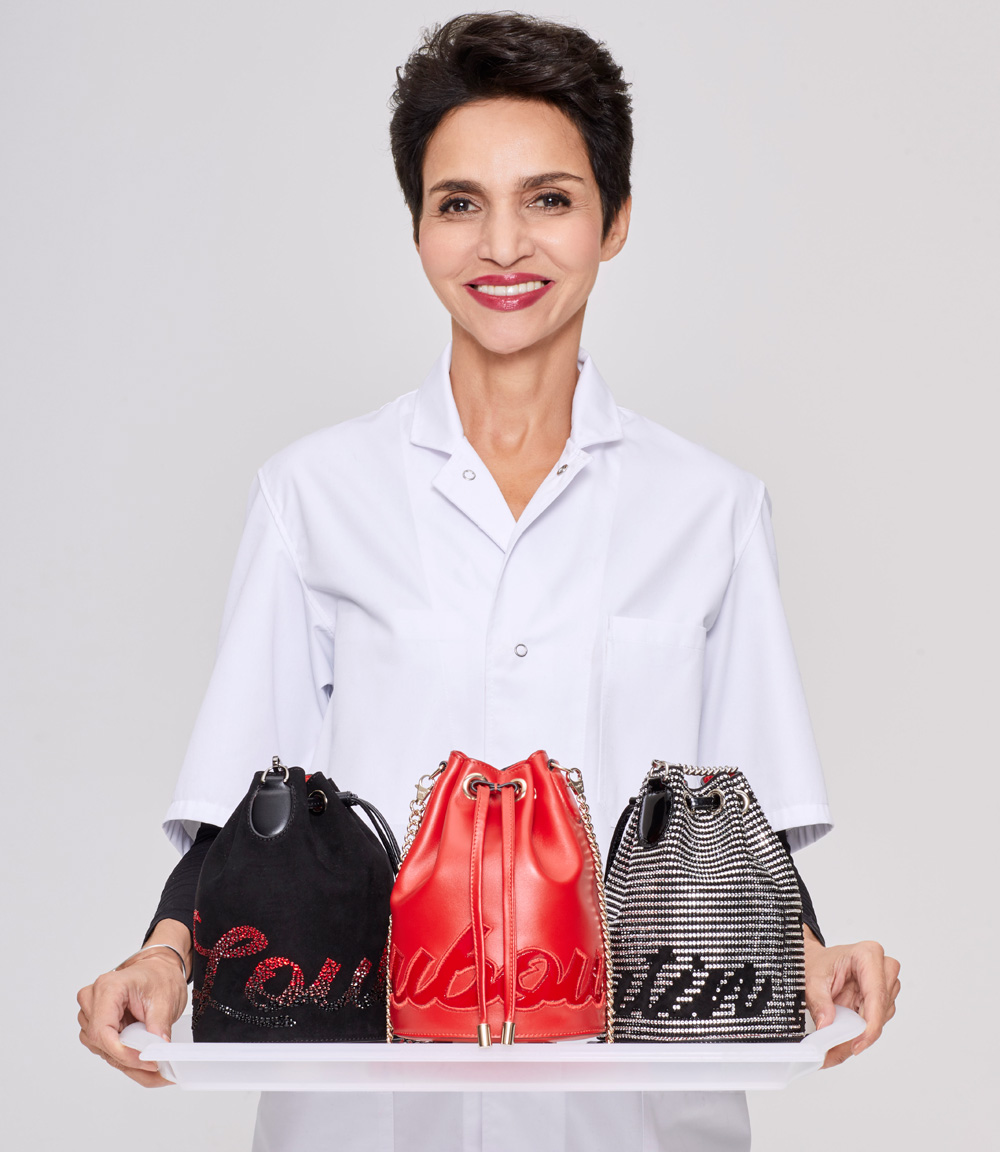
Farida Khelfa with 'Marie Jane' bucket bags
Are you planning any ready-to-wear or haute couture lines?
No, I’ve never had a passion for fashion; my interest was always in dance, showgirls, music halls and shoes. I do like clothes, I do notice them and they can be great, just like I admire architecture, but I don’t want to be an architect. It’s the same for music, I enjoy it, but I wouldn’t want to be a performer.
Why did you choose the red sole as a trademark?
I didn’t choose the red sole as a trademark, it became one. I did not try to have a logo at the beginning; it became my trademark naturally because it was part of my design. I included the red sole in one design and from that creation it started to be a sign of recognition of my brand and then it became a trademark.

Bella Hadid wearing a 'Marie Jane' bucket bag
Why the colour red?
To me, red is very different from the other colours. When I designed a red sole, it was the early 90s, and women, mostly those who used to visit my store, would say, “I never wear colours, I don't like colours.” It was a time when people would mostly wear black, but when people say they don't wear colours, they don't really mean red. For example, if you are wearing a black dress and red nail polish you still have an element of red, so red is a sidekick. If you don't like colours, you probably won’t go for green or orange, but there’s always an element of red without thinking about it. Red is really in between black and nude, it is above all the other colours and separate.
When you are designing shoes, you focus more on heels. Do you prefer women in heels?
It is sort of natural to like women in high heels, but I do like flats too, I don’t have a problem with them. I am designing lots of flats, even medium heels as well, but yes my preference goes to high heels.
There is a lot of art and architecture involved in your designs. What do they mean to you?
In everything you do and when working in a creative field, you actually need to be passionate about other things, things you are actually going to include in your work. So it is important to observe those things if you want people to look at what you do. The way you do one thing is actually an influence, like design comes from nowhere; it comes from who you are, what you like, how you look and how you live.
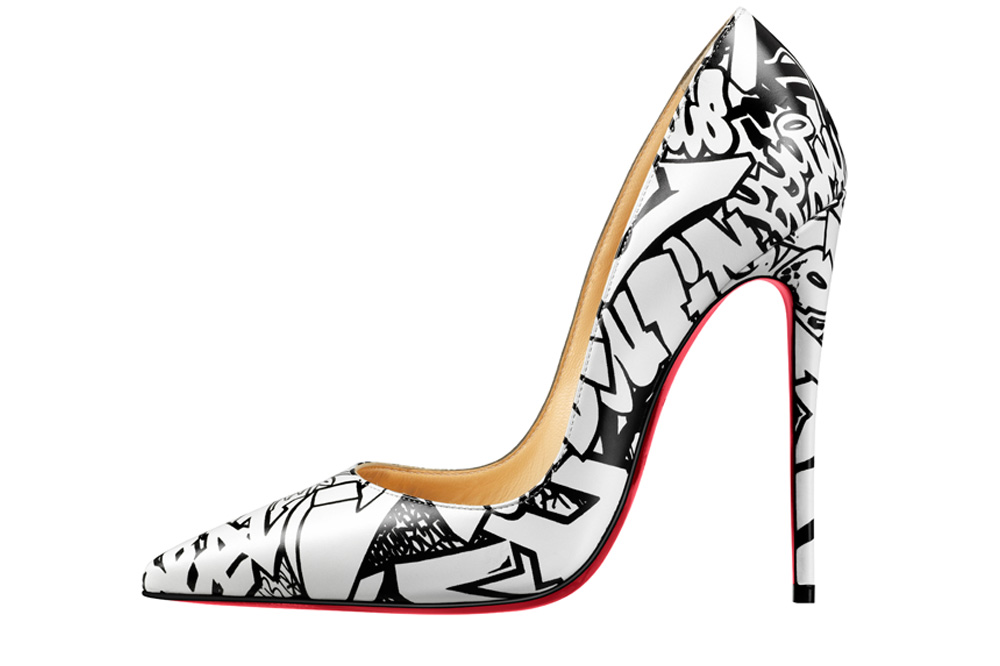
The 'So Kate' stlletto
You have designed thousands of pairs of shoes. What kinds of challenges have you faced, while using spikes for example?
People see the reinterpretation of the element I am putting on a shoe. For example, very high heels were considered for a specific type of women in the East and now nobody thinks about that anymore. Including spikes had a lot to do with the idea of medieval furniture, the haute époque, where you have lots of spikes and nails with velvet and leather. It comes from a decorative angle so instead of thinking about it as a symbol, I am always including the decorative aspect and this is the challenge. In reality, you can actually reinterpret, but you have to face the challenge that people see, that it is not a joke and it does not mean what they first think for a second. You have to move those types of boundaries.
You are the first to introduce the 160 mm heel. Was it easy to design?
It was very easy to design it, I wanted to do it, but we had to try it on different people. Sometimes I rule out designs because the girls in the office say they are not wearable. If they can’t walk in them, I won’t make them. Nothing is really impossible but of course there is a limit; it is all a matter of balance.
What is a usual day for Christian Louboutin?
I don’t have a usual day, let us talk about a usual week and even that is unusual too, it includes lots of travelling.
What do you think about Arab women’s sense of style? Do you like it?
I do like it. You know I find Arabic women are very concerned about being feminine and that is one thing that completely complements my work.
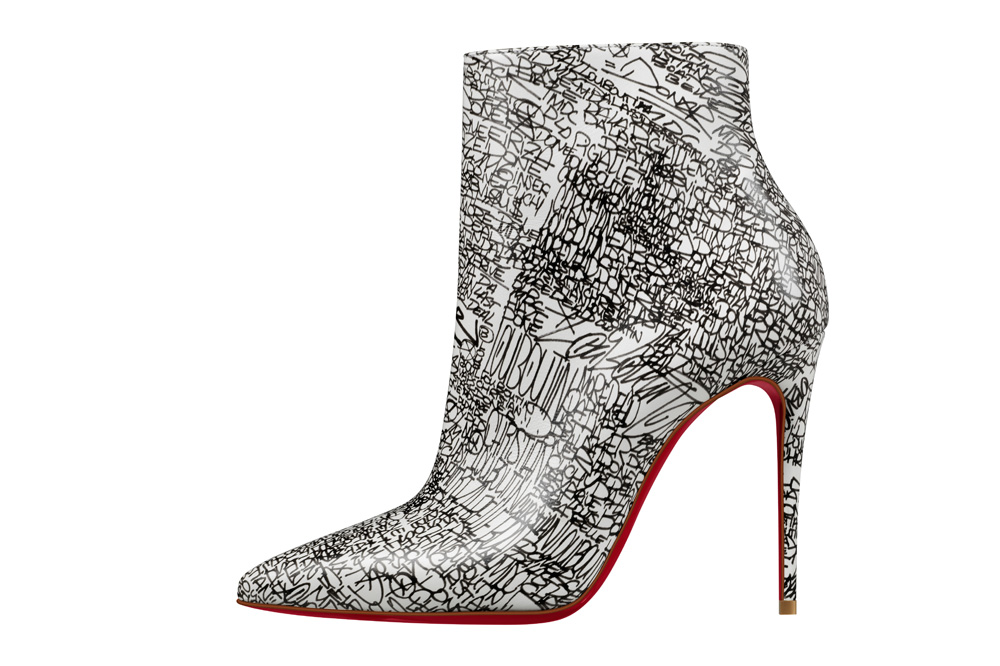
The 'So Kate' booty
What is your advice to them?
I would say whenever they go shopping, they should probably not listen to their best friends, it is never the best advice. Believe in yourself when it comes to shopping.
Do you think about working on a project with local talent here?
Why not? I am absolutely open to it. I’ve had some proposals but they did not go through. I am totally open.
How about an exclusive collection for the GCC?
No, I wouldn’t do that; my collections are for all the women out there. I don’t think Arab women are different from women around the world.

